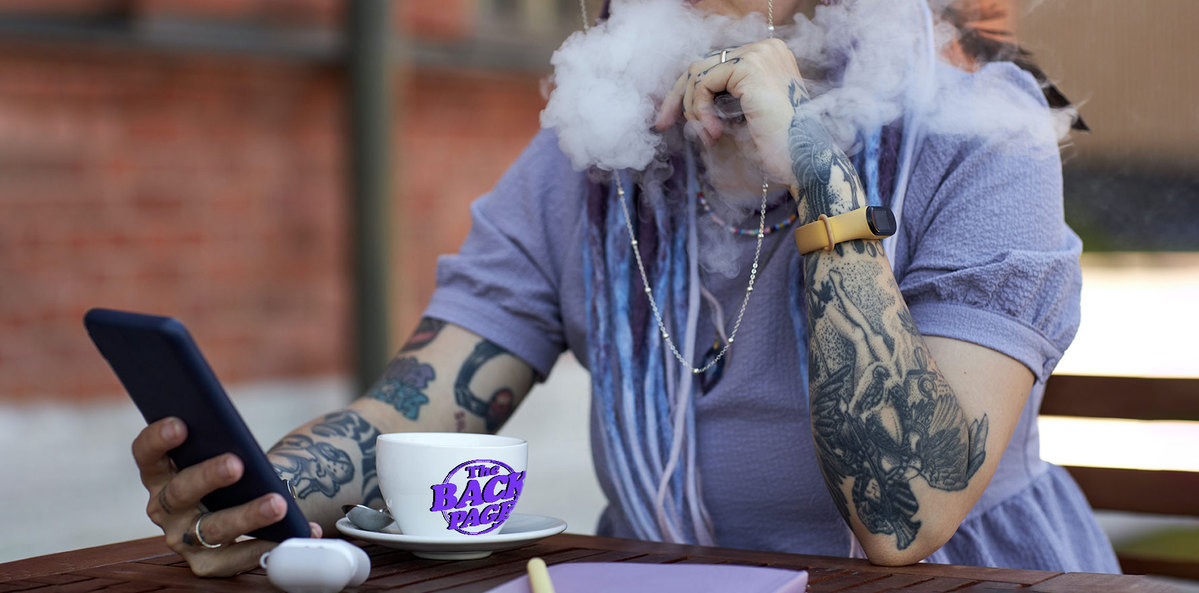Ignore the influence of social media and your prohibition is futile.
It is the physicist and generally acknowledged brainiac Albert Einstein who is credited with saying: “The definition of insanity is doing the same thing over and over again, but expecting different results.”
The provenance has been disputed, but whoever said it, this observation sprang instantly to mind when your Back Page scribbler chanced upon research findings published overnight in the journal Tobacco Induced Diseases.
The international study involved analysing the levels of exposure of young folks, including more than 1000 Australians aged between 15 and 30 years, to e-cigarette advertising.
What the George Institute for Global Health boffins found was three out of four of young Australians who were aware of vaping had been exposed to e-cigarette advertising, most commonly in vape shops (45%), tobacconists (35%) and general retailers such as supermarkets and petrol stations (23%).
More disturbingly perhaps, 31% respondents had seen vape ads on social medias platforms such as TikTok and Instagram, 25% on Snapchat and Facebook, and one in five had seen ads on YouTube.
So after decades of activism and hand-to-hand combat with the tobacco industry to curtail the marketing of cigarettes, we now find the drug pedlars have pirouetted to vape products and are flogging them shamelessly to our youth in the pursuit of profit – future health consequences be damned.
Now while your correspondent is fully aware, and thoroughly approves, of recent moves by the federal government to crack down on the sale and marketing of vaping products, we do question how effective these measures are going to be given the woeful lack of regulation in the social media marketplace.
Professor Simone Pettigrew, the George Institute study’s lead author, agrees.
“Digital forms of e-cigarette promotion are particularly difficult to monitor and control, and the vaping industry is exploiting this opportunity to target young people,” she said in a media release.
“Our previous research showed that more than half (54%) of young Aussies are susceptible to taking up vaping, and exposure to advertising was strongly associated with this susceptibility.”
If you had ever wondered about how things really work in the Wild West of social media, this report should disabuse you of any notion of good intention, with the study detailing how the vaping industry is increasingly using social media influencers to flog their products.
The photo and video-sharing platform Instagram, for example, currently hosts more than 18,000 Australian “vaping influencer” profiles which are dedicated entirely to promoting vaping.
The high rates of youth exposure to vaping seen across all types of media were remarkable given the regulations that were currently in place in Australia, where advertising prescription medicines, including nicotine vaping products, to consumers was generally prohibited, Professor Pettigrew said.
It is difficult to come to any conclusion other than to suggest the time is well overdue for the government to get serious about addressing the regulation of social media platforms – that is, make them follow the same rules that mainstream media must abide by.
And if we aren’t willing to rein in these tech titans, then we seem to have learned very little from our earlier experiences and seem hell-bent on heading back down the same road with Big Tobacco – currently hiding in a cloud of vape mist – as we have in the past.
Insanity.
Blow story ideas in the direction of penny@medicalrepublic.com.au.


